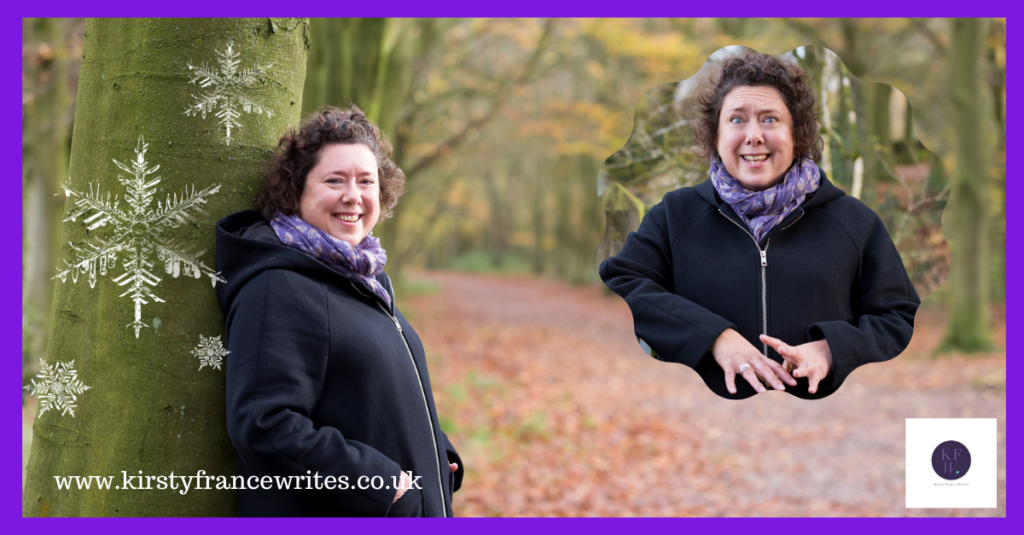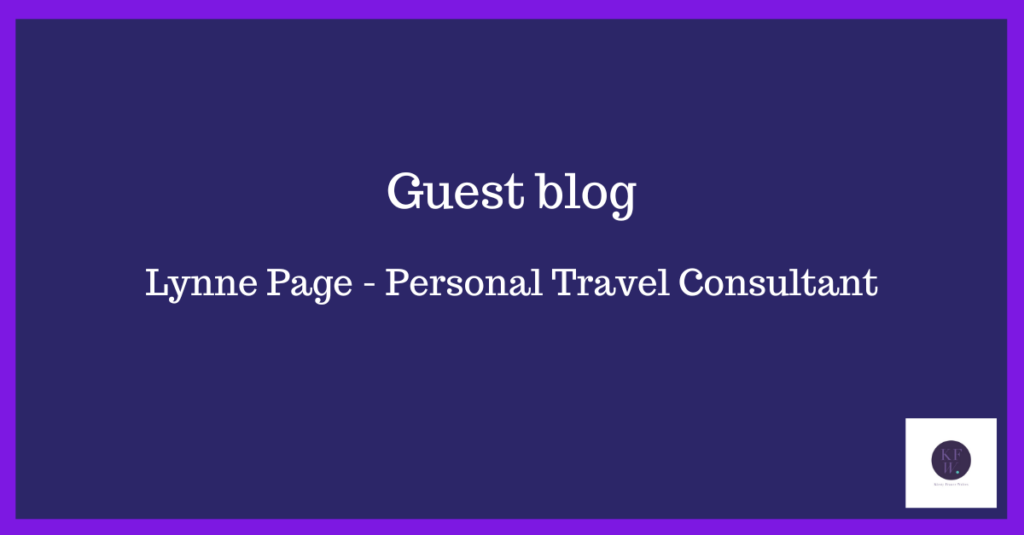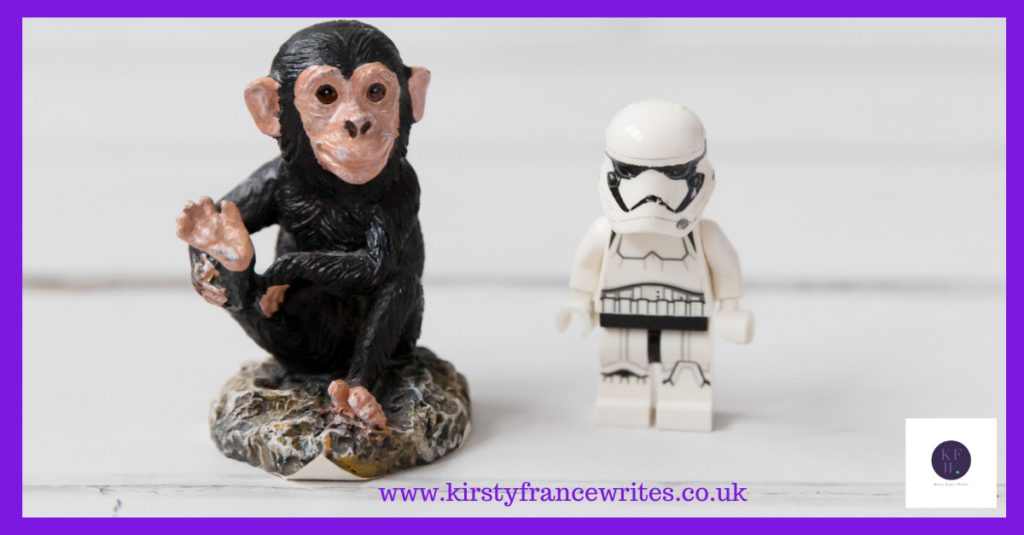
AI can be a helpful tool when you write content marketing, but a human writer will give you better results in some situations. An AI can help you plan or develop ideas (and yes, I asked ChatGPT for some suggestions for this post). When is a human content writer better than an AI? Read on to find out.
Humans are more creative
An AI only gets information from online sources, which can make its content a bit generic. If you use AI for ideas, you can put your spin on them to make them unique.
An AI won’t change its tone of voice in the way that a human content writer can. It’ll typically use the same writing style, although you can ask it to mimic someone. (My son once asked ChatGPT to rewrite something he’d written in the style of a Donald Trump speech. The results were hilarious and accurate.)
Humans have emotional intelligence
Powerful writing engages your reader’s emotions and makes them feel understood. You understand the feelings that motivate your customers to work with you. Your marketing can show that you know how they feel now and how those feelings will change when you’ve worked together. It could be something as simple as offering home delivery or having a big car park so they don’t have to deal with the stress of finding a parking space. An AI wouldn’t understand that, but a human content writer does.
A human content writer can understand your audience
An AI can help identify potential concerns among your audience. However, it can’t write content that helps you form a personal connection. Your audience might want a serious take on a subject or prefer something more light-hearted.
An AI won’t get to know you and understand the language you use to talk about a subject, but a human content writer will. If you serve a niche audience which uses specific terms or references, you can find a writer who understands your niche in a way an AI won’t.
Talking about sensitive subjects
Some topics are hard to talk about. Your work might involve conversations about illness, death, or other painful personal experiences. You might offer a service that helps people prepare for the worst, such as will writing or life insurance. Marketing means discussing topics your audience might rather ignore, and your language must reflect that.
You might need to share stories about others and decide how much information you can reveal without compromising their privacy. An AI can’t choose for you or even act as a sounding board in the way a human writer can.
We can speak from personal experience
Your story can be compelling when it comes to attracting new clients. You might have started your business because you wanted to help others in the same situation. I often work with other mums because we all balance business and family life, and I understand how that works. That wouldn’t happen if I didn’t talk about my children in my marketing. Speaking from personal experience creates a human connection. An AI is more objective, so it can’t offer that.
If you want to work with an actual human to create engaging content that lets your customers get to know you, I can help. I’ll write blogs, posts, emails and whatever else you need to engage your audience and encourage them to get in touch. If you’d like a chat to find out how it works, you can book a call here. Or, use the form below to sign up for monthly content writing tips straight to your inbox.









